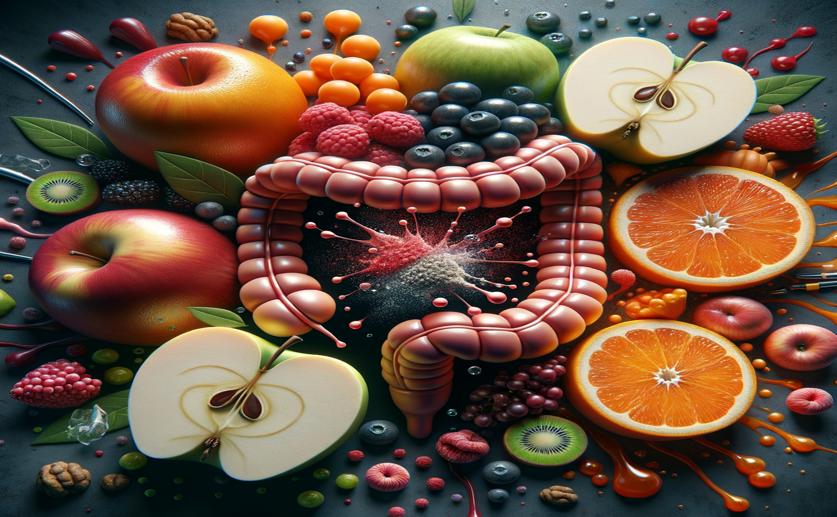
Fruit Compounds Impact Nutrient Absorption
Greg Howard
18th May, 2024

Image Source: Natural Science News, 2024
Key Findings
- The study was conducted at La Selva Biological Station in Costa Rica, focusing on the fruit bat Carollia perspicillata
- Secondary metabolites in fruits generally deter bats from foraging, reducing their food intake
- These metabolites also alter the absorption of essential nutrients in bats, with effects varying by metabolite type and concentration
References
Main Study
1) Untargeted Metabolomics Reveals Fruit Secondary Metabolites Alter Bat Nutrient Absorption
Published 17th May, 2024
https://doi.org/10.1007/s10886-024-01503-z
Related Studies
2) Whole-body protein turnover reveals the cost of detoxification of secondary metabolites in a vertebrate browser.
3) Tannins in plant-herbivore interactions.
4) Does attraction to frugivores or defense against pathogens shape fruit pulp composition?
Journal: Oecologia, Issue: Vol 155, Issue 2, Mar 2008
5) Probing Gallic Acid for Its Broad Spectrum Applications.



 17th May, 2024 | Jenn Hoskins
17th May, 2024 | Jenn Hoskins